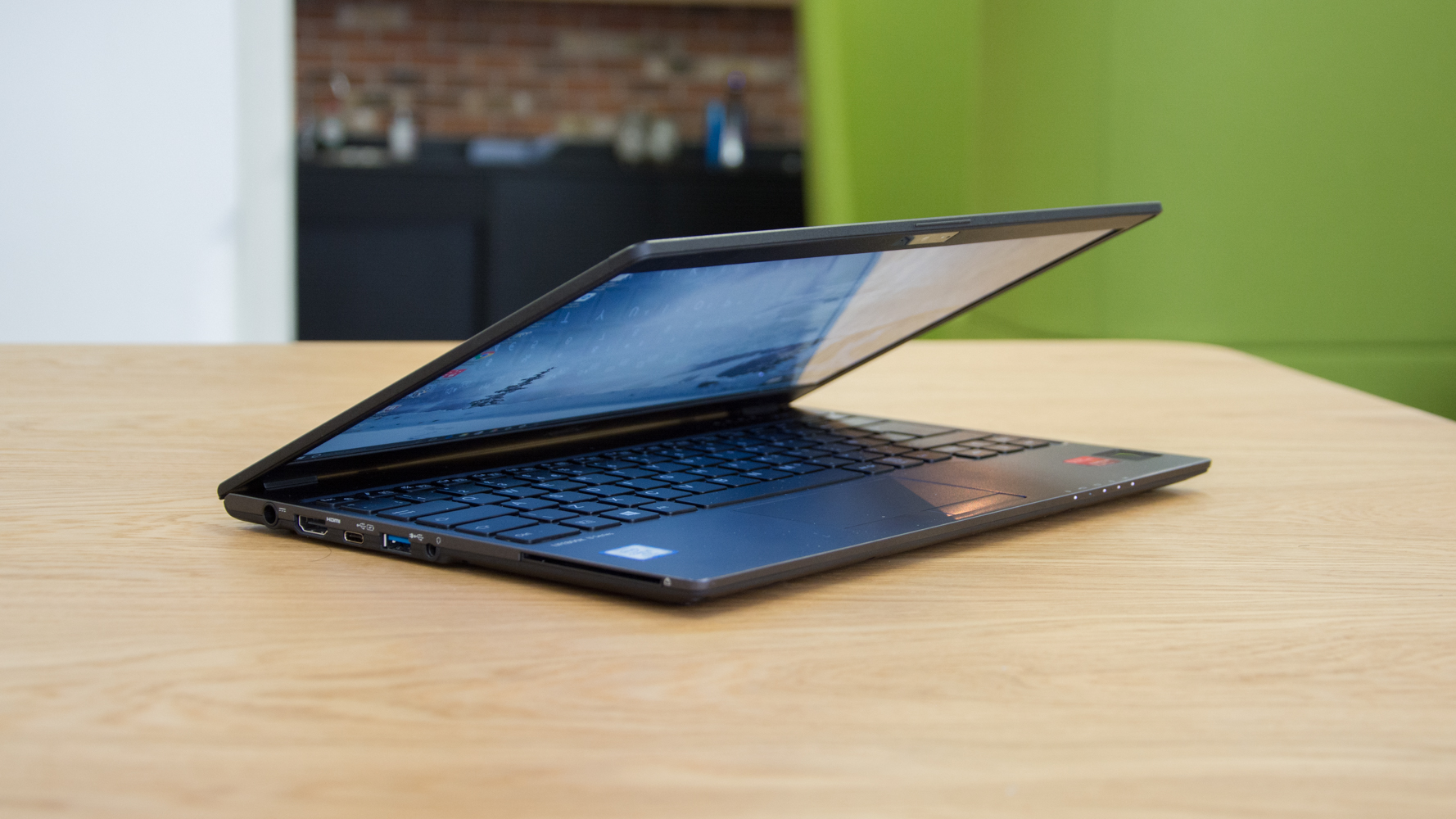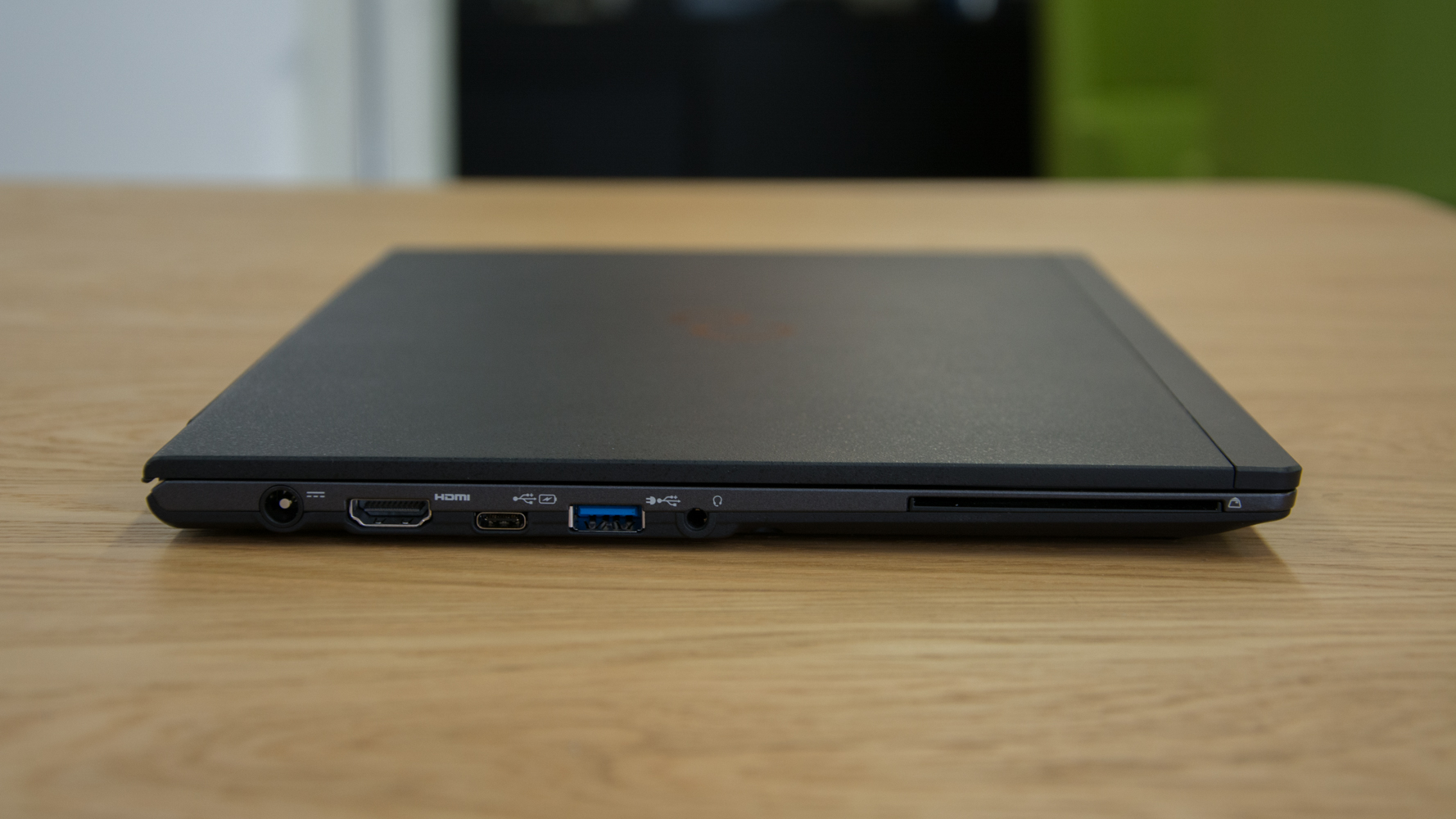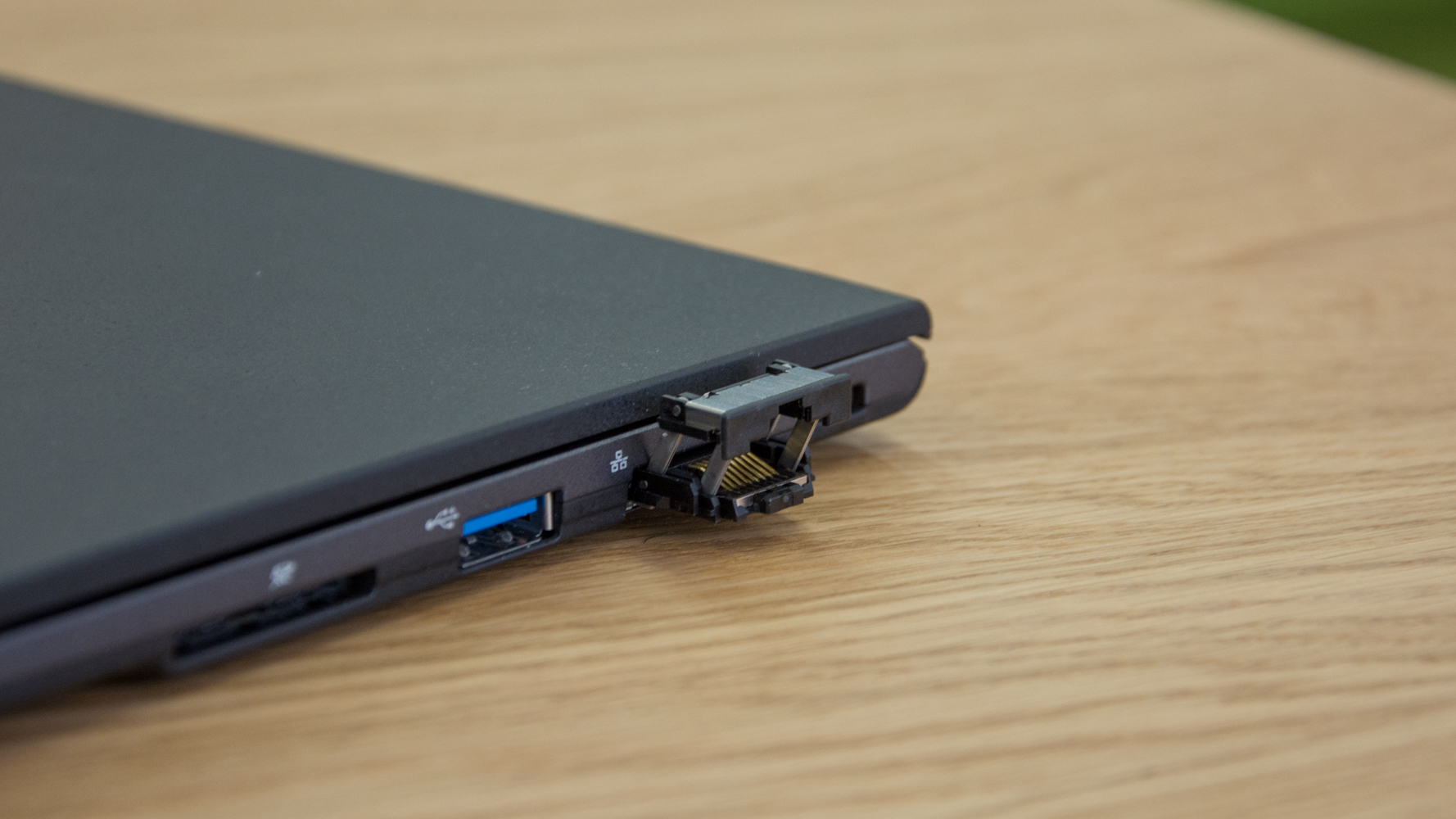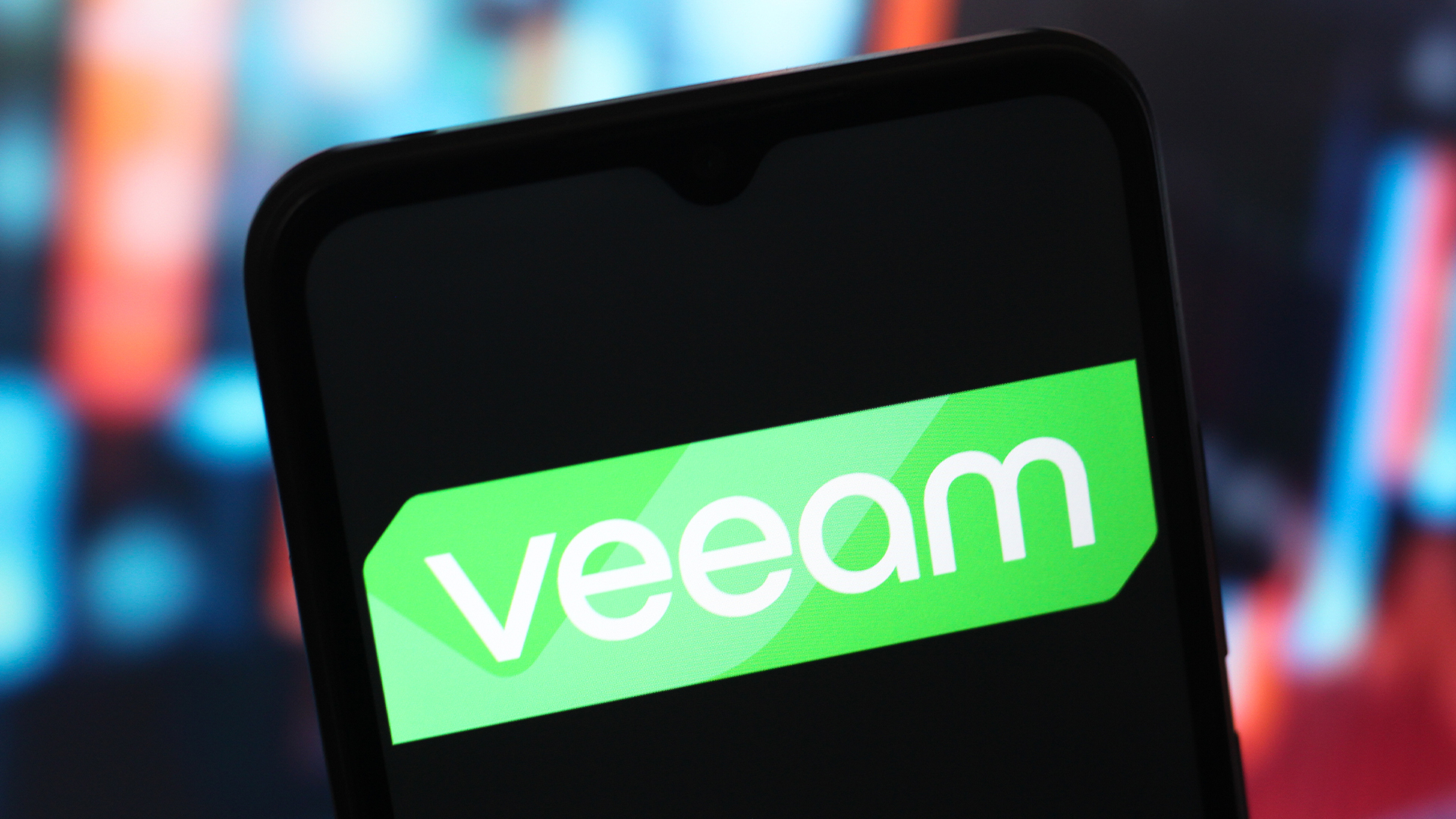Fujitsu Lifebook U937 review
A heavyweight performer, let down by a poor chassis
This powerful business ultraportable is betrayed by a flimsy chassis and decidedly disappointing build quality. It's got heaps of potential, but there's just too many compromises to recommend.
-
+
Very light; Strong performance; High-quality display
-
-
Flimsy build quality; Keyboard is somewhat disappointing; Expensive

Specs and performance
Another area where Fujitsu hasn't scrimped is the specifications, and it's here that the U937 really shows off its credentials as a business laptop. It features Intel's latest business-grade chips and a healthy complement of memory. The model we tested had a Core i5-7300U vPro processor and 8GB of RAM under the hood, but various configurations are available, topping out with an i7-7600U and a whopping 20GB of RAM.
As we expected, it proved to be more than a match for our benchmarks, racing through them to earn a highly commendable final result of 55, which is better than most Core i7-powered business laptops and even creeping up on the performance of lower-end workstations.

Despite the high-powered components, battery life hasn't suffered a huge amount either. In our tests, it lasted 8hrs 7mins before the battery ran out and although that's trailing behind the 10-hour scores clocked up by recent releases, it's not too shabby considering the power-hungry internals.
The only complaint we had with it was an occasional tendency to run slightly hot, but this is a minor problem compared to how sterling the performance is otherwise. It's incredibly fast, and more than capable of handling anything the average enterprise user will likely throw at it.
Ports and features
One of the headline features is Fujitsu's enterprise-grade security, which offers numerous login methods, including facial recognition, smart card identification and even the company's PalmSecure technology, which reads the unique pattern of veins in your hand to provide biometric authentication.
Unfortunately, they're not available right out of the box. Instead, we had to download the Workplace Protect management software, as well as the drivers for the PalmSecure reader itself. Once we'd downloaded and installed the necessary software, however, setting up the advanced security measures was quick and relatively painless.

Facial recognition is fast and accurate - provided you're in brightly-lit conditions. Rather than the special depth-sensing IR cameras used by Windows Hello's facial recognition, Fujitsu's version uses the standard webcam built into the U937 - which means that if the lighting isn't good, then it won't be able to match your face.
Sign up today and you will receive a free copy of our Future Focus 2025 report - the leading guidance on AI, cybersecurity and other IT challenges as per 700+ senior executives
Logging in via PalmSecure takes longer and needs a bit of maneuvering. Indeed, it requires you to hold your hand in a very specific position before it will read it. It's not especially convenient and we're not convinced it's that much more secure than standard biometric authentication methods like fingerprint readers. These login methods also don't integrate with Windows Hello, which means they can't be centrally managed through the OS, and don't integrate with it quite as smoothly.
If you're looking for a laptop that's all but guaranteed to support your existing IT equipment, the U937 is the one for you. It's sporting just about every port imaginable, including a HDMI output, an SD card reader, two USB 3.0 ports, one USB-C port, a SIM card tray, and a SmartCard reader. Fujitsu has even managed to cram an Ethernet port into the 15.5mm-thin chassis, thanks to a nifty pull-out design.

Rounding out its business credentials, the U937 also ships with Windows 10 Pro, so it's ready to integrate into an enterprise environment out of the box.
Verdict
The Fujitsu Lifebook U937 is a seriously mixed bag. The internal hardware is excellent, and offers business-grade performance that will easily see you through all but the most high-intensity tasks. The display, too, is excellent and Fujitsu has included a number of business-friendly features like heaps of connectivity and authentication options.
Where it falls down, on the other hand, it falls hard. The build quality is extremely disappointing and the chassis feels cheap, plasticky and decidedly not robust. The keyboard and trackpad, too, feel like they belong on a much less expensive machine. Using the U937 doesn't feel anywhere near as premium or satisfying as it should, given the eye-watering price.
Inside this laptop beats the heart of a formidable business beast - it's just a shame that it's housed in the body of a five-year old mid-range notebook.
Verdict
This powerful business ultraportable is betrayed by a flimsy chassis and decidedly disappointing build quality. It's got heaps of potential, but there's just too many compromises to recommend.
| CPU | Intel Core i5-7300U vPro |
| RAM | 8GB |
| Display | 13.3in 1080p IPS |
| Ports | 2 x USB 3.0, 1 x USB-C, 1 x HDMI, SIM tray, SD card reader, SmartCard reader, Ethernet |
| Dimensions | 309.3 x 213.5 x 15.5mm |
Adam Shepherd has been a technology journalist since 2015, covering everything from cloud storage and security, to smartphones and servers. Over the course of his career, he’s seen the spread of 5G, the growing ubiquity of wireless devices, and the start of the connected revolution. He’s also been to more trade shows and technology conferences than he cares to count.
Adam is an avid follower of the latest hardware innovations, and he is never happier than when tinkering with complex network configurations, or exploring a new Linux distro. He was also previously a co-host on the ITPro Podcast, where he was often found ranting about his love of strange gadgets, his disdain for Windows Mobile, and everything in between.
You can find Adam tweeting about enterprise technology (or more often bad jokes) @AdamShepherUK.
-
 So much for ‘trust but verify’: Nearly half of software developers don’t check AI-generated code – and 38% say it's because it takes longer than reviewing code produced by colleagues
So much for ‘trust but verify’: Nearly half of software developers don’t check AI-generated code – and 38% say it's because it takes longer than reviewing code produced by colleaguesNews A concerning number of developers are failing to check AI-generated code, exposing enterprises to huge security threats
By Nicole Kobie Published
-
 Veeam patches Backup & Replication vulnerabilities, urges users to update
Veeam patches Backup & Replication vulnerabilities, urges users to updateNews The vulnerabilities affect Veeam Backup & Replication 13.0.1.180 and all earlier version 13 builds – but not previous versions.
By Emma Woollacott Published
-
 New Gemini features are coming to Gmail, but don't worry, you can switch them off – Google says they're not a 'forced requirement' and users can opt for the classic version
New Gemini features are coming to Gmail, but don't worry, you can switch them off – Google says they're not a 'forced requirement' and users can opt for the classic versionNews Google has announced plans for deeper AI integration within Gmail to help users automate inboxes, here's how to turn the features off.
By Nicole Kobie Published
